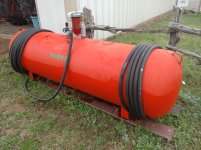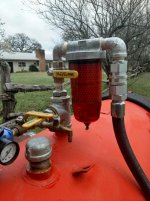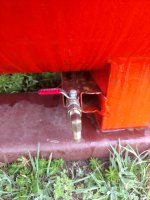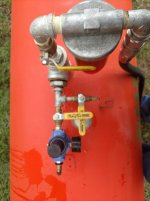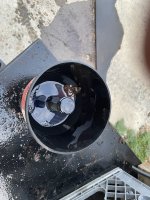While doing some maintenance on my RTV900G6 Worksite, including fuel filter replacement, I found the idle adjustment bolt on the front of the engine.
It's detailed in this video here:
What I discovered is that on my RTV, not only is the anti-tamper piece missing, but also the cap nut. Furthermore, the adjusting bolt was slightly loose. Hence, I have no idea where the bolt is supposed to be adjusted to. And this probably accounts for the inability of my RTV to idle correctly.
The Idle Apparatus (as Kubota calls it) is shown on Messicks drawing 020000. However, when I go look in the WSM manual, the idle apparatus is never mentioned nor is there any procedure, that I could find, on how to set up the original idle for the engine using the Idle Apparatus.
Anyone know how to set the idle adjustment to factory settings?
Right now, my RTV will start but not stay running.
Thanks,
It's detailed in this video here:
What I discovered is that on my RTV, not only is the anti-tamper piece missing, but also the cap nut. Furthermore, the adjusting bolt was slightly loose. Hence, I have no idea where the bolt is supposed to be adjusted to. And this probably accounts for the inability of my RTV to idle correctly.
The Idle Apparatus (as Kubota calls it) is shown on Messicks drawing 020000. However, when I go look in the WSM manual, the idle apparatus is never mentioned nor is there any procedure, that I could find, on how to set up the original idle for the engine using the Idle Apparatus.
Anyone know how to set the idle adjustment to factory settings?
Right now, my RTV will start but not stay running.
Thanks,

